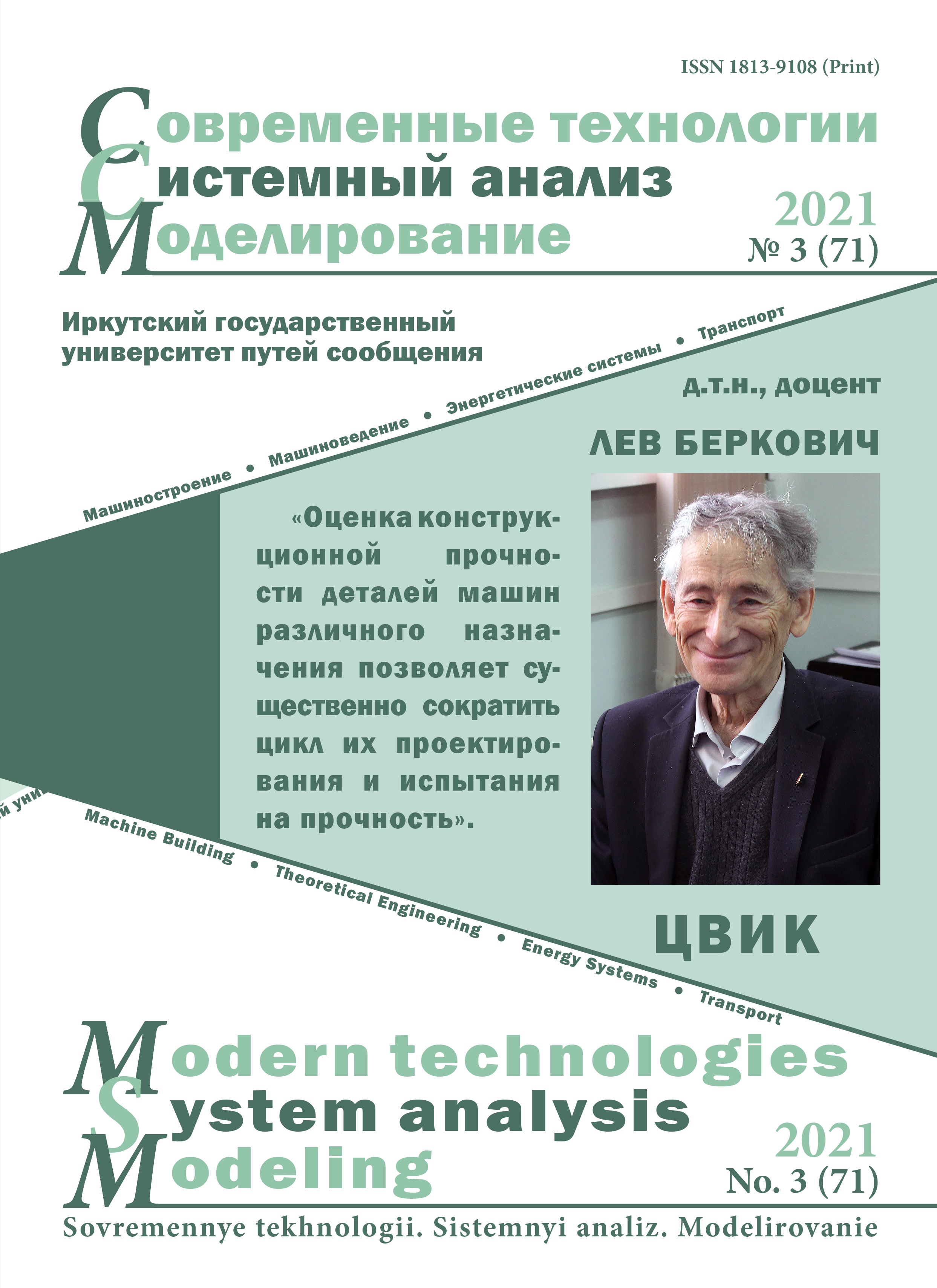Control friction on the skate as a method of reducing force interaction in the «wheel – rail» contact
Keywords:
factor of friction, longitudinal force, lateral force, rail track, lubricationAbstract
The interaction between track and rolling stock and, namely, the reducing of the wear of rails and wheels, is currently an up to date direction in the railway industry. The primary measure to improve the interaction in the "wheel–rail" pair in the countries of Europe, America and Russia is the lubrication of the side surface of the outer rail thread. The question of the effectiveness of lubrication has become very important after experiments on the application of a lubricant material on the surface of the rail head (skating track), conducted on the North American railroads. As a result of the experiments in straight sections, a reduction in the impact force on the track from the wheels of the rolling stock was obtained, as well as a significant reduction in the costs of electric traction and repair of elements of the upper structure and rolling stock. The article presents the results of studies of the variants of the tribological state (the fiction coefficients changes on the riding tracks) of the rail threads and the choice of the optimal way to ensure the best interaction of the wheels of the rolling stock and the rails. The variants presented are obtained by modeling the longitudinal and lateral forces in the software package "Universal Mechanism". Based on the results obtained during the simulation, conclusions are drawn about the positive effect of the reduction of the friction coefficient along the track of the rails on the longitudinal and lateral forces arising in the contact zone "wheel-rail", the safety of applying lubricant to the surface of the rail heads is proved, the possible savings in operating costs from reducing the cost of fuel and energy resources are calculated.
References
Концепция развития лубрикации в системе «колесо – рельс». ОАО «РЖД». М.: 2008. 75 с.
Kumar S. Railway Track & Structures. 2009. No 5, p. 35–38.
Эффективность лубрикации рельсов // Железные дороги мира. 2011. № 1. С. 65–68.
UM. Электрон. журн. Лаборатория вычислительной механики, 2019. URL: http:/ www.umlab.Ru/pages/index.php?id=1.
Iwnicki Simon D. The Manchester benchmarks for rail vehicle simulation. Lisse: Swets & Zeitlinger, 1999.
Ромен Ю.С. Факторы, обуславливающие процессы взаимодействия в системе «колесо – рельс» при движении поезда в кривых // Вестник ВНИИЖТ. 2015. № 1. С. 17–25.
Ромен Ю.С., Суслов О.А., Баляева А.А. Определение сил взаимодействия в системе «колесо – рельс» на основании измерений напряжений в шейке рельса // Вестник ВНИИЖТ. 2017. Т. 76. № 6. С. 354–361.
Моделирование динамики железнодорожных экипажей (Руководство пользователя «Универсальный механизм 8»). 2016. URL: http://www.umlab.ru/pages/index.php?id=1.
Калкер И.И., де Патер А.Д. Обзор теории локального скольжения в области упругого контакта с сухим трением // Прикладная механика. 1971. Т. 7. № 5. С. 9–20.
Kalker Y.Y. Uber die Mechanik des Kontaktes zwischen Rad und Schiene // Zev Glasers Annalen. 1978. Vol. 102. № 7/8. pp. 214–218.
Захаров С.М., Жаров И.А., Комаровский И.А. Трибологические аспекты взаимодействия колеса и рельса // Проблемы взаимодействия колеса и рельса. М.: 1999. Т. 1. С. 221–228.
Парахненко И.Л., Аккерман С.Г. Эффективность управления трением в контакте «колесо – рельс» // Транспорт Урала. 2014. № 2 (41). С. 58–61.
Парахненко И.Л. Анализ сил взаимодействия в контакте «колесо – рельс» при различных трибологических вариантах. Транспорт Урала. 2019. № 2 (61). С. 54–57.
Парахненко И.Л., Аккерман С.Г. Исследование влияния вариантов лубрикации на силы, возникающие в контакте «колесо – рельс» // Развитие инфраструктуры и логистических технологий в транспортных системах (Рилттранс-2019): сборник трудов Третьей междунар. науч.-практ. конф. Ч. 1 Развитие транспортной инфраструктуры и управление перевозками. ПГУПС, 2020. С. 367–382.
Правила тяговых расчетов для поездной работы. М.: Транспорт, 1985. 287 с.
Парахненко И.Л. Влияние лубрикации на безопасность движения грузовых поездов // Инновационный транспорт. 2020. № 1(35). С. 43–45.
Методические рекомендации по расчету экономического эффекта внедрения научно-технических достижений и передового опыта на железных дорогах – филиалах ОАО «РЖД». Утверждены распоряжением ОАО «РЖД» 21.09.2005. № 1392р.
Методика оценки энергоэффективности применения лубрикации зоны контакта «колесо – рельс». Утв. распоряжением ОАО «РЖД» 09.10.2012 № 1998р.


